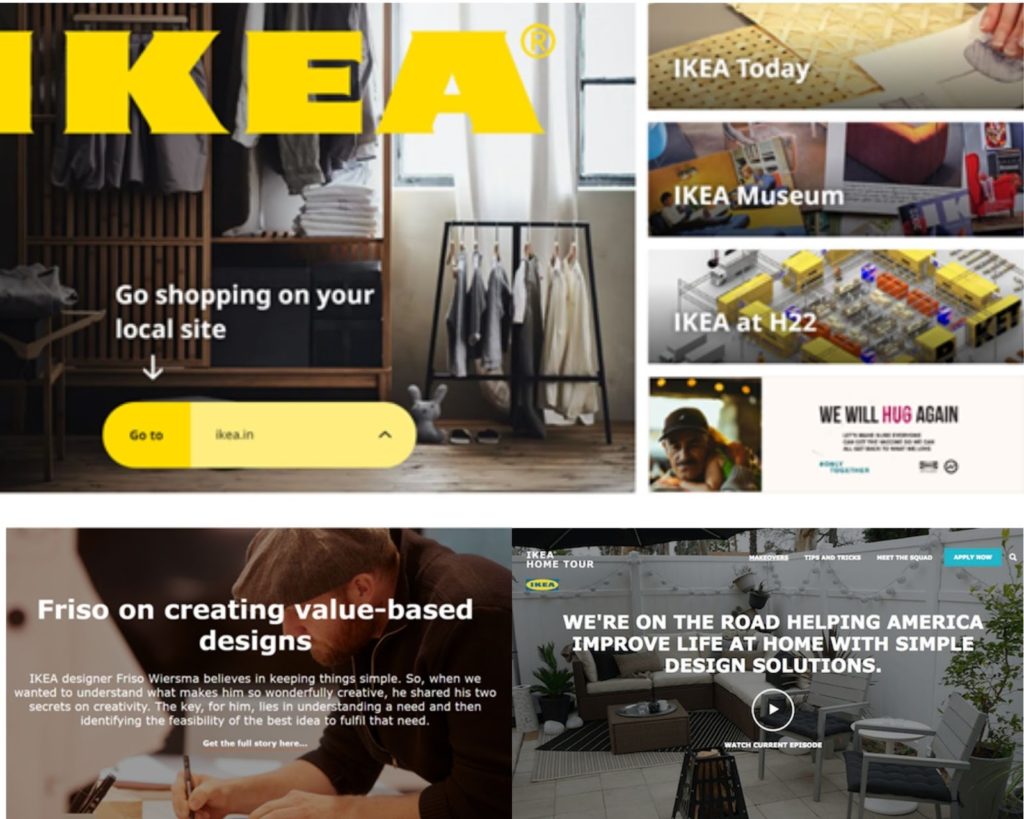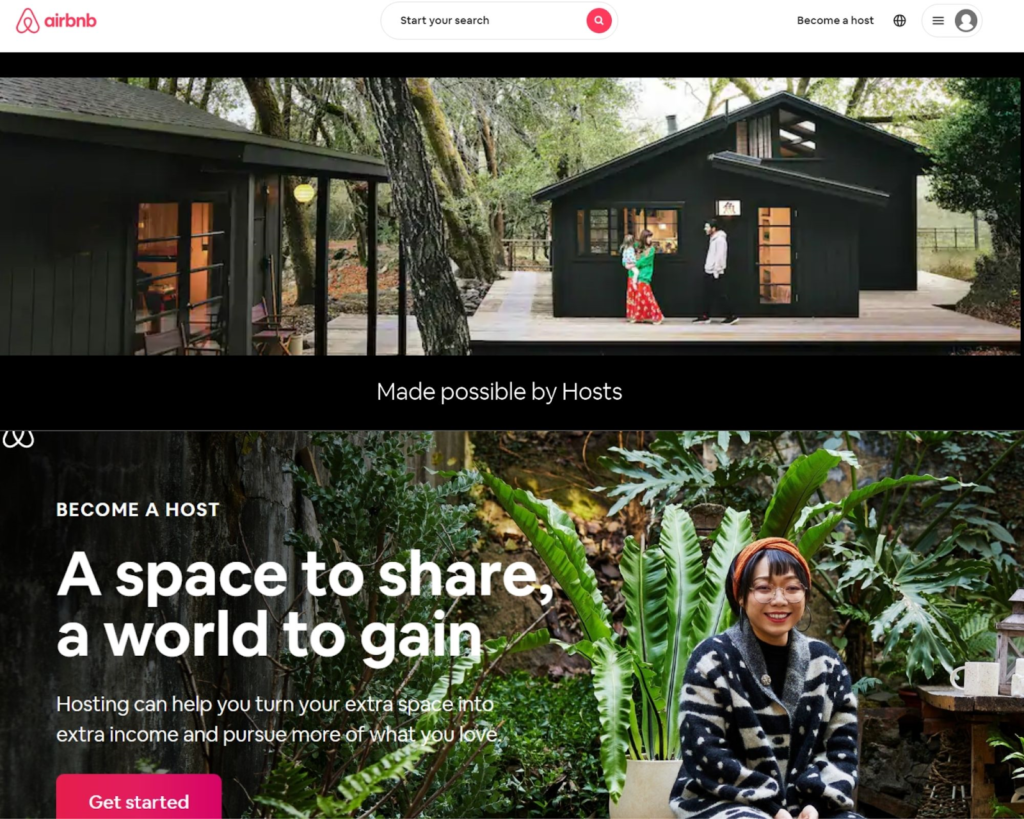30-second summary:
- The story of SEO and UX began scrutinizingly 20 years ago with both making a foray into the market in the 1990s
- After years of analyzing data, I found that UX is a hair-trigger ranking factor for SEO
- If you’ve worn-out all your SEO techniques but still don’t see a considerable movement on your website or rankings – you’re probably losing at user wits (UX)
- Atul Jindal condenses years of his wits and observations into this SEO guide to help you win at SEO and search experience
I’ve worked with many SEO and CRO campaigns as well as fortune 50 companies over the years. This gives me wangle to valuable data that helped me understand what is working and what’s not. Over the years by analyzing data I found that UX is a hair-trigger ranking factor for SEO.
The story of SEO and UX began scrutinizingly 20 years ago with both making a foray into the market in the 1990s. While SEO was widely used as a marketing technique, UX (user experience) well-matured on giving the users an enhanced engaging wits on the website.
If you have worn-out all your SEO techniques but still don’t see a considerable movement on your website or rankings. Then probably you’re losing at User experience.
But it is quite difficult to find UX-related issues on your website. When you’re only looking at your website from an SEO perspective! You need to take a squint at your website with your user’s (customer’s) eyes.
In this guide, I’ll explain UX and guide you on how to implement it into your SEO campaigns to get results.
What is UX?
User wits (UX) is the wits of a user with your website/application. An easy-to-use website will provide a pleasant user wits but an unplanned website will have a bad or poor user experience.
UX focuses on the site architecture, visitor journey, desktop, and mobile layouts, user flows. In short, user wits is driven by how easy or difficult it is to navigate through the user interface elements that the website designers have created.
User interface (UI) focuses on the graphical layout of any application. It includes several factors such as fonts and diamond styles, text entry fields, transitions, images, and volatility interface. In short, anything visual comes under the umbrella of UI.
It is important to note that UI and UX are two variegated functionalities. While UI revolves virtually diamond layout, UX is the wits of the user on the website while they are navigating the web pages.
Since we have a largest understanding of the two, let us remoter understand how we can successfully implement UX into an SEO campaign.
Why does UX matter in SEO?
In recent years, Google has reverted its ranking criteria. There was a time when Google was looking for the keyword reparations in your content or the number of backlinks that your website has.
But now the scenario has been completely changed. Google is rhadamanthine increasingly user-centric day by day. They are using strained intelligence (AI), machine learning (ML), natural language processing (NLP), and other kinds of latest technologies to understand, evaluate and provide the weightier of the weightier results.
Google has introduced the EAT concept as well as metrics like search intent, page speed, mobile-friendliness, dwell-time are ranking factors to rank on Google. All these factors are part of a rich user experience.
A rich user wits is a factor that creates the difference between the first and second positions. Providing a rich user wits is unchangingly helpful for visitors and encourages them to stay longer and engage increasingly on your website. That sends positive quality signals that show your website the weightier result to Google. And as a result of that Google rewards you with top spots.
How to implement UX into an SEO campaign?
As mentioned above, SEO and UX share worldwide end goals – audience engagement. SEO will wordplay a person’s query, while UX will take superintendency of their navigational queries once they reach the webpage.
Today, it has wilt imperative to include the two while designing SEO campaigns or any digital marketing strategy. Google is constantly evolving its user wits and merging constructive SEO strategies to requite the regulars a increasingly meaningful experience.
An spanking-new example of UX and SEO diamond is IKEA. We all know what IKEA stands for, but their website forms a story at every step. It guides the user to the correct landing pages and keeps them engaged. The verisimilitude palette, their tags, and categories make a user stay longer and engaged on the website.

Source: IKEA designed on Canva
Empathy plays a vital role in optimizing your web pages with the right combination of keywords. Those days are no increasingly with us when the word-for-word keyword matches were unbearable to rank well. Today, it is well-nigh putting yourself out there and thinking from a worthier perspective.
Google has washed-up a unconfined job over the past five years of getting yonder from ranking signals that can be spammed hands such as links and keyword stuffing.
In other words, understanding your audience’s ownership intent and analyzing their search queries will lead to refined and sustainable results.
Let us understand the three most hair-trigger factors that influence the SEO UX ranking.
Understand your audience
It is probably one of the trickiest parts of running any successful wayfarers – Understanding the target audience.
Most companies spend a considerable value of time researching the regulars surpassing concluding who will be their right target. It is why we have spent a sizable value of time highlighting its importance.
We have often heard of marketers, businesses, and content creators emphasizing the importance of the right target audience. While sometimes it is increasingly or less utilitarian to grasp the audience’s pulse, there are times when you need to explicitly ask:
- Who is my target audience?
- What do they want?
- What they are searching for?
- How are they looking for the information?
- Did my searcher vellicate right away?
- Was there any whoopee taken on the link?
These are key questions, Google’s algorithm takes into consideration to understand whether search results are aligned to the searcher’s intent.
For example, Airbnb works on an inclusive diamond model that concentrates on improving readability wideness all platforms. Their target regulars is unmistakably specified – travel enthusiasts, people looking for holiday home options, and people looking for holiday hosting solutions. Their focal point has been improving the user wits by leading them to the right landing pages. They coupled it with catchy CTAs that probed the user to take an action. Whether you are a host or someone seeking an no-go travel experience, their comprehensive holiday solutions pave the way to make booking a holiday faster and easier.

Source: Airbnb. Designed on Canva
Once you understand your regulars completely, it can lead to a page getting clicks and some whoopee taking place if you are on the first of Google search results.
UX helps the regulars stay glued to the page while SEO honors their intent to click on the page’s keyword and land. Everything you do, your focal points are unchangingly virtually the satisfactory wits of the users. From addressing their verisimilitude preferences to the layout and messages, you have to build everything that caters to your customers.
Another hair-trigger factor in understanding the regulars is the user’s intent. It would help if you addressed it while delivering out a detailed regulars persona such as informational, navigational, transactional, or commercial purpose. In each case, the queries have to be predefined to understand the user’s need.
Keyword research
Understanding the intent of potential visitors landing on your web page through search is flipside crucial factor that makes up for an constructive UX and SEO strategy. If your website is not fully optimized with the right set of keywords, there is a pessimistic endangerment of it ranking on Google or plane leading to any action.
For example, imagine searching for the keywords – “How to wear a bowtie?”
The most logical conclusion is that your search will lead you to a tutorial or a video, right? If the same set of keywords are used by an ecommerce site selling the bowtie, your query will remain unanswered. You may conclude that the website using this keyword is not worth visiting in the future considering they wield ‘click-bait’ words to lead a consumer to their website.
But if the person lands on the right page with the instructions unmistakably outlined, they stay to learn, thus increasing the dwell time and may scan the website for increasingly information. Here your keyword has played a vital role in leading the consumer straight to the tutorial.
Google keyword planner, Moz keyword explorer, Keywordtool.io, Ahrefs Keywords explorer, or SECockpit are some practical tools used widely to search for the right keywords.
The weightier way to select the right keywords to fit your SEO strategy is to iterate the keywords you need ranking. Search relevant topics based on your merchantry to portray and understand how the user intent affects keyword usage.
In short, keyword research, surpassing setting up SEO campaigns and merging them with UX, help you evolve with waffly market trends.
Site architecture
Designing a website without optimizing it for search engines is a waste of time and vice versa. Both these aspects work together and need to be thoughtfully considered right from the beginning.
The site’s tracery is how the pages spritz on your website. From the SEO point of view, good website tracery ways Google will hands find and alphabetize your page. Simply, links should help Google to navigate smoothly from upper to low validity pages. Google Search Console has improved a lot since its early days and became highly informative to SEO technicians, helping them to understand how a website is indexed and appeared to Google.
Using H1, H2 tags, headings, taglines, tricky CTAs, and informational menu labels, decide whether your regulars will interact with your website or not. Remember- your homepage should not be increasingly than four clicks away.
Mobile responsiveness
Mobile-responsive diamond has gained significant importance for both the user wits and SEO. Over 50 percent of all traffic is now driven by mobile search and sites that are not mobile-responsive will compromise the user experience.
According to Google’s page wits document, mobile-friendly websites have priority wangle to towards whilom in search results. Enhancing the readability of your readers by incorporating the right font family and text size is a must-have to consider improving the mobile experience. Having a responsive website with the worthiness to load faster has on varying screen sizes has wilt a standard these days.
You can trammels a site’s mobile responsiveness by using Google’s Mobile-friendly testing tool.
Conclusion
Bad SEO UX ruins the unshortened motive of trademark building. It pays well to requite importance to the fine nature today. It includes domain name, informational content, internal links, optimizing meta tags, meta descriptions, image alt tags, headings, and page titles to make the unshortened wits worthwhile.
Implementing SEO with UX diamond may seem a little daunting initially; however, it is hair-trigger to uplift rankings and build a unconfined brand.
Atul Jindal is a web diamond and marketing specialist, having interests in doing websites/apps optimized for SEO with a cadre focus on conversion optimization. He creates web experiences that bring conversations and transform web traffic into paying customers or leads.
Subscribe to the Search Engine Watch newsletter for insights on SEO, the search landscape, search marketing, digital marketing, leadership, podcasts, and more.
Join the conversation with us on LinkedIn and Twitter.
The post UX: an important SEO ranking factor appeared first on Search Engine Watch.
